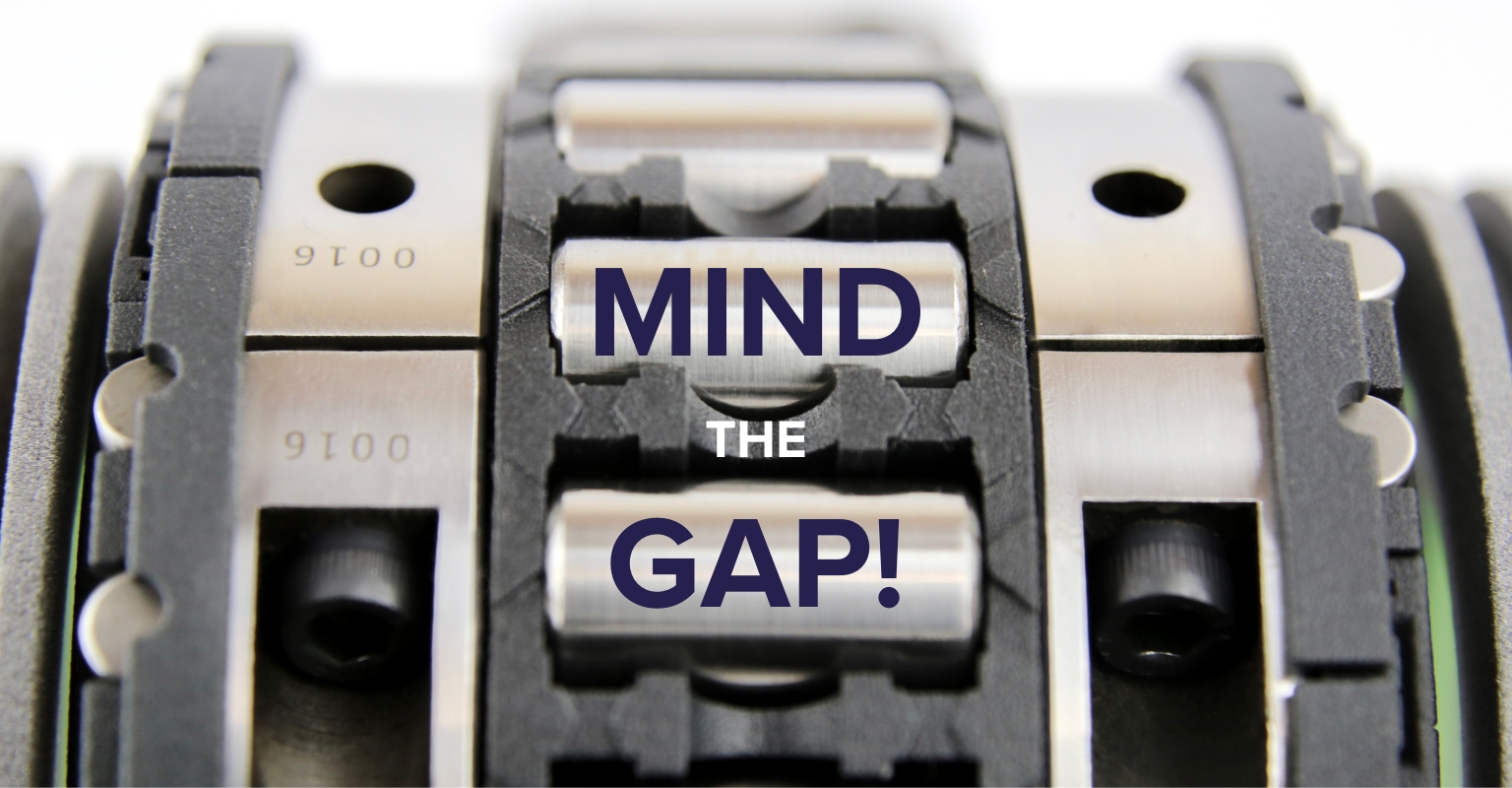TWO REASONS NOT TO IGNORE THE JOINT GAP WHEN INSTALLING A SPLIT BEARING
When you need a new bearing installed fast, it can be really tempting to ignore tiny details like no visible joint gap on the inner race halves and clamp rings – don’t.
Here’s why:
No joint gaps can indicate a problem
The joint gap ensures the inner race halves are clamped tightly to the shaft. If there are no visible joint gaps, this indicates the shaft is undersized, or you have the incorrect size of bearing.
The bore of the Bowman Split Bearing inner race is manufactured to the same size and tolerance as the shaft and it is made with joint gaps which are cut at an angle allowing each roller to pass over the joint gaps progressively without impeding on the performance of the bearing. The gaps prove the two halves are not touching each other – hence when the clamp rings are fully tightened the race will be firmly fixed to the shaft.
If you do not have gaps at both joints, it means something is wrong. Stop the installation and get in touch with your supplier for support.
Installing a bearing with no joint gaps will result in damage and potential failure
If there were no gaps at the joints during installation, or the gaps were incorrectly set, the race halves will press against each other as the rollers pass over the joint during operation. The result will be fractured joint faces resulting in particles of the inner race flaking off and entering the bearing, causing further damage and potential bearing failure.
It is easy to spot a bearing that has been running with incorrectly set joint gaps because there will be damage at both faces of the ‘touching’ joint.
Getting it right
To help you get it right, prolong the life of your bearing, optimise operation, and avoid additional downtime, here’s our best practice advise:
- Pay close attention during the initial fitting of the inner race halves, use feeler gauges to check and equalise the gaps before finally tightening and applying the torque to the clamp ring joint screws
- Soft, compressible packing can be used to maintain a gap, but ensure it doesn’t protrude beyond the joint face – if it enters the roller path it will cause issues with the roller rotation, and if it enters the bore of the race it will cause issues with the inner race not seating correctly on the shaft
- The gaps should be approximately 0.5mm each side depending on the accuracy of the splitting operation
- Try to make the joint gaps equal but when this isn’t possible ensure there’s a gap at each joint, even if it’s a 60/40 or 70/30 gap ratio
- The clamp rings are manufactured with a similar joint gap, this is to ensure the full tension force of the screw is used to clamp the inner race to the shaft. Use the same best practice as you did with the inner races but note the larger joint gap of approximately 1.0mm at each joint
No gap, no operation
The bottom line is simple, if there are no joint gaps, then the bearing should not be given the green light for operation. The bearing life will be reduced, meaning another investment and additional downtime sooner than necessary.
If you’ve suffered a breakdown and need support quickly, DM us. We hold substantial stock inventory and can could reduce your wait considerably.

